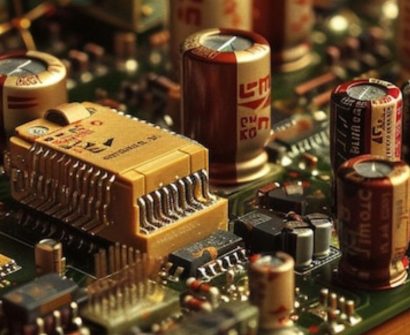Design Verification Techniques Based on Simulation: Ensuring Digital IC Reliability

In the ever-evolving world of digital integrated circuit (IC) design, ensuring the reliability and correctness of your designs is paramount. Design verification plays a crucial role in this process, and one of the primary methods for verifying digital ICs is simulation. In this blog post, we’ll explore various design verification techniques based on simulation and how they are used to guarantee the integrity of digital ICs.
The Significance of Design Verification
Before diving into simulation-based verification techniques, it’s essential to understand why verification is so vital in the digital IC design process. A single mistake in a complex IC can lead to catastrophic failures and costly recalls. Verification helps identify and rectify issues early in the design cycle, saving both time and resources.
The Role of Simulation
Simulation is a cornerstone of design verification in digital ICs. It involves creating a model of the IC’s behavior and then running various tests to ensure that it meets the desired functionality and performance criteria. Here are some key simulation-based verification techniques:
1. Functional Simulation:
Functional simulation is the most fundamental verification technique. It tests whether the design performs its intended functions correctly. Engineers use hardware description languages (HDLs) like VHDL and Verilog to write testbenches and simulate the design’s response to various input scenarios.
2. Timing Simulation:
Timing simulation assesses the performance of an IC by considering signal propagation delays. This is crucial for ensuring that the design meets speed and power constraints. Engineers can use static timing analysis tools to verify that signals meet setup and hold time requirements.
3. Gate-Level Simulation:
Gate-level simulation provides a more detailed view of the design. It simulates the behavior of individual logic gates, which is especially useful for spotting issues related to glitches, race conditions, or other complex timing issues.
4. Mixed-Signal Simulation:
For designs that include both digital and analog components (mixed-signal ICs), mixed-signal simulation is essential. It verifies how digital and analog sections interact, ensuring seamless integration.
5. Assertion-Based Verification:
Assertions are statements embedded within the HDL code that specify the expected behavior of the design. Simulation tools can check these assertions for violations, providing a more automated way to verify design correctness.
6. Coverage-Driven Verification:
This technique focuses on ensuring that the design has been adequately tested. Engineers define coverage goals, and the simulation tracks how many of these goals have been met. This approach helps uncover areas of the design that may require additional testing.
7. Formal Verification:
Formal verification uses mathematical techniques to prove that a design satisfies specific properties or requirements without requiring simulation. While it’s not a replacement for simulation-based techniques, it can provide additional confidence in the design’s correctness.
Conclusion
Simulation-based design verification is a fundamental and indispensable process in the creation of digital ICs. By applying various verification techniques, engineers can uncover and rectify issues early in the design cycle, ultimately leading to more reliable and robust ICs. As digital ICs continue to advance in complexity, the role of simulation in design verification remains central to ensuring their functionality and performance meet the highest standards.
To know more about VLSI Course , SuccessBridge VLSI training institute. You can begin your VLSI career by enrolling in the placement-assisted live courses available at SuccessBridge We offer various VLSI online courses. We offer Physical Design course, Design Verification course, ASIC verification course , Chip design course many more. Explore VLSI Courses From The Leaders In VLSI Training






